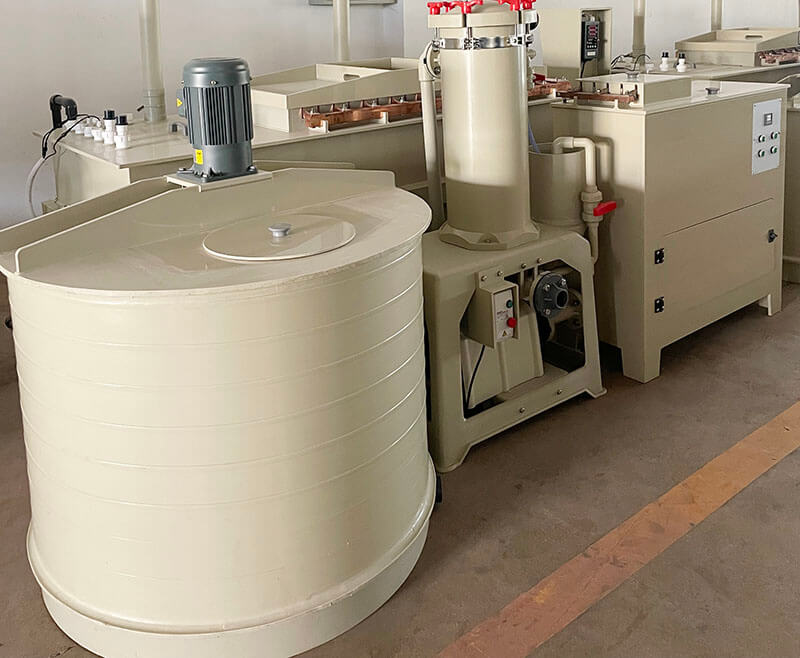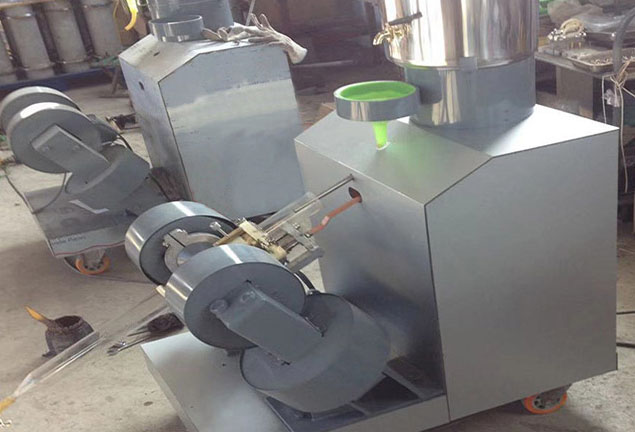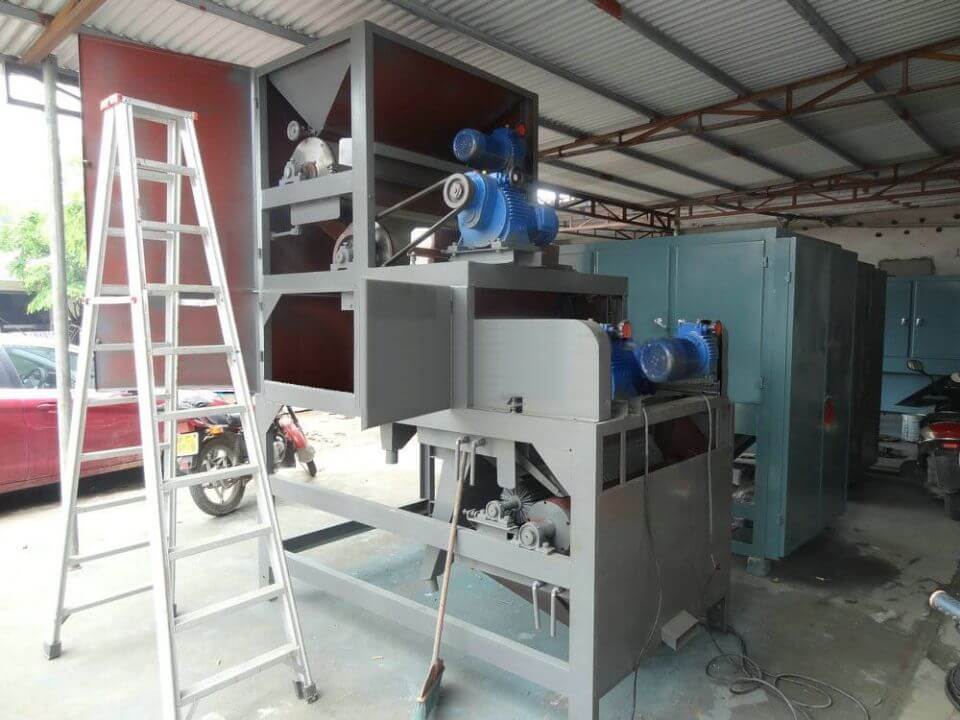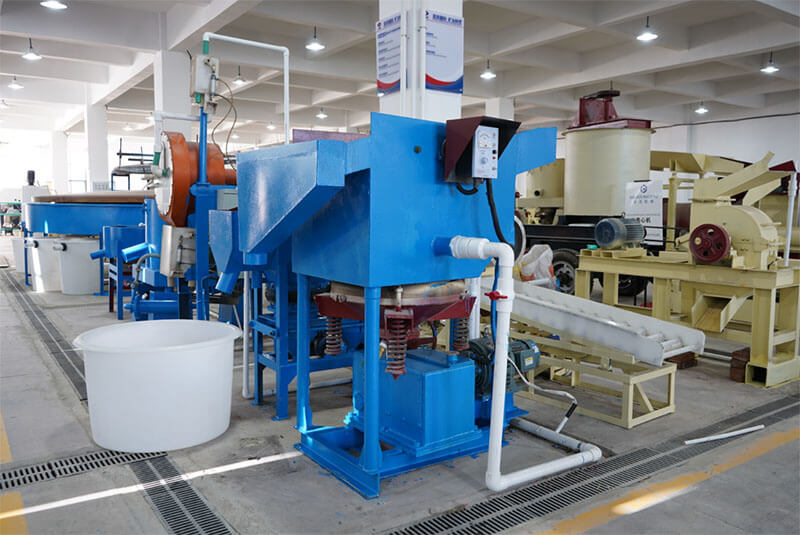Molybdenum is an essential metal used primarily in steel manufacturing, electronics, and various high-tech applications. As the demand for molybdenum continues to rise, efficient extraction and processing methods are crucial for maximizing recovery rates and minimizing costs. Laboratory equipment is vital in beneficiating molybdenum ore, allowing researchers and engineers to test and refine extraction processes. This article explores the various types of laboratory equipment used in molybdenum ore beneficiation, their functions, and their significance in improving mineral recovery.
Laboratory Molybdenum Testing
Laboratory testing is integral to understanding the properties of molybdenum ores and developing effective beneficiation strategies. Each ore type presents unique challenges, and thorough testing can reveal the most efficient extraction methods. The primary stages of molybdenum beneficiation include crushing, grinding, flotation, and sometimes gravity separation. Each stage requires specialized laboratory equipment to evaluate process efficiency, optimize conditions, and provide data for larger-scale operations.
Lab Molybdenum Beneficiation Machine
Crushing Equipment
The initial stage of ore beneficiation is crushing, where large ore pieces are crushed to smaller, more manageable sizes. Effective crushing is critical for liberating valuable minerals from the gangue. The laboratory crushing equipment includes:
- Laboratory Jaw Crushers: These machines are ideal for primary crushing. They provide a high reduction ratio and can handle a variety of sample sizes. Laboratory jaw crushers are designed to deliver consistent results while minimizing contamination.
- Laboratory hammer crusher: A secondary crushing machine produces finer particles. It is suitable for preparing samples for further testing, which allows for precise control over the size of the output material.
Selecting the right crushing equipment ensures that ore samples are prepared for subsequent processing stages, which is crucial for maximizing recovery.
Grinding Equipment
After crushing, the next step is grinding, which reduces the ore to liberate the molybdenum minerals. Laboratory grinding equipment includes:
- Laboratory Ball Mill: It is widely used for sample ore grinding to achieve the required particle size. Ball mills offer high capacity and uniform grinding, making them ideal for testing various sample types.
- Laboratory Rod Mills: Similar to ball mills but using rods as grinding media, rod mills are effective for coarser grinding and simulating larger milling processes.
Proper grinding is essential for maximizing mineral liberation, directly influencing the efficiency of subsequent flotation processes.
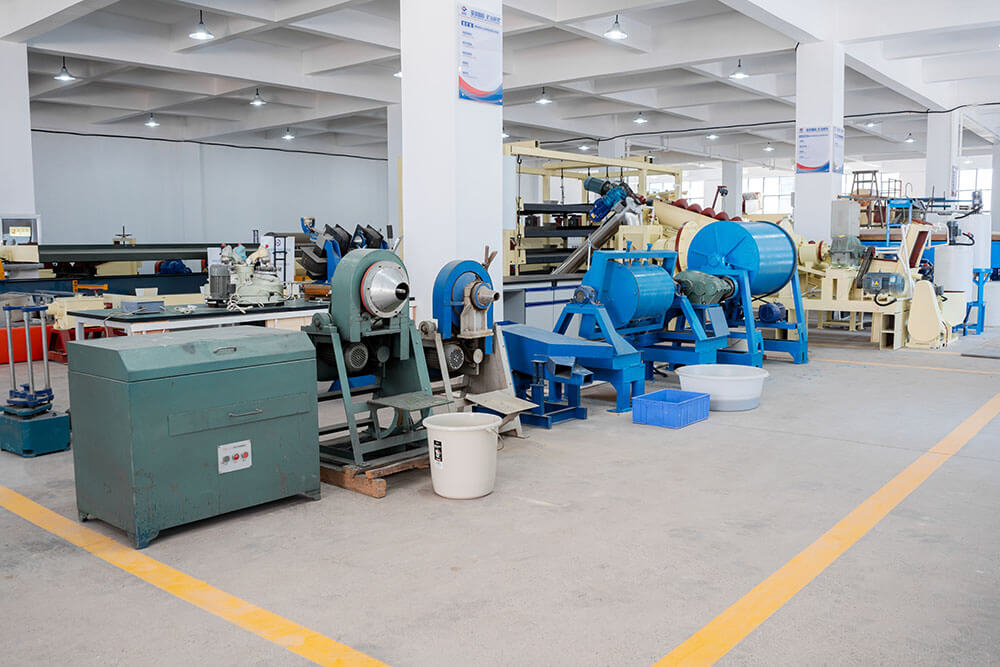
Flotation Equipment
Flotation is the most critical step in molybdenum beneficiation, separating valuable minerals from waste materials. Laboratory flotation equipment includes:
- Flotation Cell: It allows for experimental evaluation of flotation processes on a smaller scale. They create an environment where air bubbles can attach to molybdenum particles and separate from gangue.
- Batch Flotation Machine: It is designed to test various reagents and flotation conditions. This machine enables researchers to assess flotation performance with different ore types and optimize reagent usage.
Flotation equipment is vital for conducting experiments. It improves the recovery rates and process optimization.
Gravity Separation Equipment
Gravity separation techniques can complement flotation processes, particularly for coarser particles. Laboratory equipment for gravity separation includes:
- Shaking Tables: These tables separate particles based on their specific gravity. They are effective for recovering coarse molybdenum minerals and can be adjusted to optimize separation efficiency.
- Spiral Concentrator: It utilizes the centrifugal force to separate minerals based on density differences. Spiral concentrators are particularly useful for processing fine materials and can provide valuable insights into the gravity separation process.
The gravity separation enhances overall recovery rates when used alongside flotation methods, making it important for laboratory testing.
Dewatering and Drying Equipment
After beneficiation, dewater and dry the concentrate to meet market specifications. Laboratory equipment for these processes includes:
Filter Presses: These devices separate liquids from solids, ensuring the concentrate is adequately dried. They are essential for preparing the product for further processing or transport.
Rotary Dryer: It removes moisture from the concentrate. Rotary dryers help ensure that the final product meets quality standards and is suitable for storage or shipment.
Effective dewatering and drying processes are crucial for maintaining product quality and preventing losses during transportation.
The Importance of Lab Beneficiation
Process Optimization
Laboratory tests enable the evaluation of different processing methods and conditions, leading to improved recovery rates and reduced operating costs.
Feasibility Studies
Laboratory equipment helps assess the viability of extracting molybdenum from various ore types, informing decisions on whether to proceed with larger-scale operations.
Research and Development
The laboratory experiments facilitate the advancement of beneficiation techniques. Research is crucial for developing new methods to obtain more efficient and sustainable mining practices.
Quality Control
Regular testing of ore samples ensures that the beneficiation process meets industry standards and product specifications. It is essential for maintaining market competitiveness.
Challenges in Molybdenum Ore Beneficiation
While laboratory equipment is essential for optimizing molybdenum beneficiation, several challenges can arise:
Ore Complexity
Molybdenum ores often contain various minerals, making it difficult to separate. Understanding the property of the molybdenum is crucial for choosing the appropriate beneficiation methods.
Reagent Selection
Laboratory sieve shakers offer several advantages that make them a preferred choice for particle size analysis.
Efficiency
Sieve shakers significantly reduce the time required for particle size analysis compared to manual sieving methods. They can handle large sample volumes quickly and effectively.
Accuracy and Precision
With adjustable controls and standardized procedures, sieve shakers provide accurate and reproducible results. This precision is vital for industries where quality control is paramount.
Versatility
The ability to customize sieve configurations allows for a wide range of applications. Researchers and quality control professionals can adapt the shaker to suit various materials and testing requirements.
User-Friendly Design
Modern sieve shakers are designed with user convenience in mind. Digital controls and straightforward operation make them accessible to users with varying technical expertise.
Data Collection and Analysis
Many sieve shakers come equipped with software that enables data collection and analysis. This feature streamlines reporting and enhances the ability to track changes over time.
- Reagent Selection
The choice of flotation reagents can significantly impact recovery rates. Laboratory tests must carefully evaluate different reagents to determine the most effective combinations.
- Scale-Up Issues
Laboratory testing results may not always translate directly to larger-scale operations. It is essential to consider scale-up factors when transitioning from laboratory tests to commercial processes.
Conclusion
Laboratory equipment for molybdenum ore beneficiation is crucial for optimizing extraction processes and improving recovery rates. By utilizing specialized equipment for crushing, grinding, flotation, gravity separation, and drying, laboratories can conduct experiments to inform and enhance larger-scale operations. As the demand for molybdenum continues to grow, investing in advanced laboratory technologies will be essential for the sustainable and efficient extraction of minerals. Continuous research and development in this field will improve practices, ensuring that molybdenum mining remains viable and environmentally responsible.
JXSC lab mineral processing equipment manufacturer has more than 38 years of experience in mining processing. We provide various lab mining equipment including gravity-separating equipment for processing minerals such as gold, tin, tungsten, lead, zinc, tantalum, niobium, iron, manganese, silver, titanium-iron, etc. Lab machines include laboratory jaw crusher, hammer crusher, roller crusher, grinding equipment, lab gravity separator, screening, washing equipment, etc. Welcome to consult!

